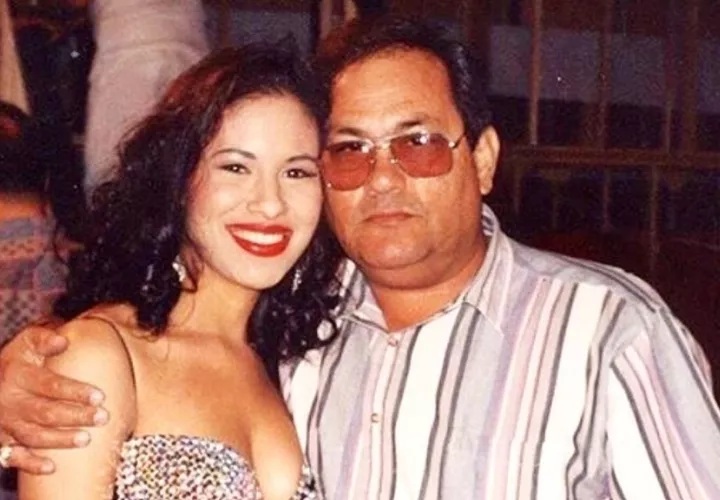Financial circles facing $65 million hole

A COURT decision giving a developer retroactive bankruptcy and the buyer and seller of the company at each other’s throats over its money woes, haVE caused waves in Panama financiL circles with multi millions owed to some institutions.
At the center of the storm is R.G. Hotels with the buyer and seller accusing each other of the mess which has resulted in an estimated $65 million in debt being owed to banks, securities houses, investors, buyers of apartments and service providers.
Complicating the situation is a court decision to give the developer bankruptcy protection retroactive to July 31, 2012, putting at risk any debt accumulated after that point, which includes a $30 million bond issue.
It also complicates the sale of the company from the developer to a group of investors, led by Antonio Bonilla, who say they have been cheated.
His version is that they agreed to buy the business, which had assets valued at more than $110 million, but later discovered that the previous owner had inflated the value of the assets.
They blame both the developers and the auditors, Mckenzie & Mckenzie, for the financial irregularities reports La Prensa. Developer, Rugiere Gálvez, has denied any wrongdoing, and says the buyers are skewing numbers to reduce their debt obligations. He says the buyers knew they were purchasing an entity with $65 million in debt, but also maintains that the valuation of the company’s assets was correct at about $110 million.
According to Galvez, the business was going well when he sold it. He says bond payments were being made, but that he was forced to sell because he was running out of money to continue to develop its assets, which include a number of buildings on the Pacific coast.
He claims that he gave an honest assessment of the value of the projects to the investors.
But Bonilla says the financial irregularities were not apparent until about a year after they assumed control of the company. They reported the irregularities to the Superintendency of Securities in January 2015.
“Everything was a lie,” he said.
But Gálvez claims that the investors failed for the same reason he had to sell, namely they didn’t have the money to invest in the project.
The money they promised to invest “did not exist” or “simply was a hoax,” he said.
The truth is now up to the court system to determine, with various entities waiting for a decision that will clarify the status of the $65 million debt, as well as the future of the various properties that are in limbo says La Prensa.





